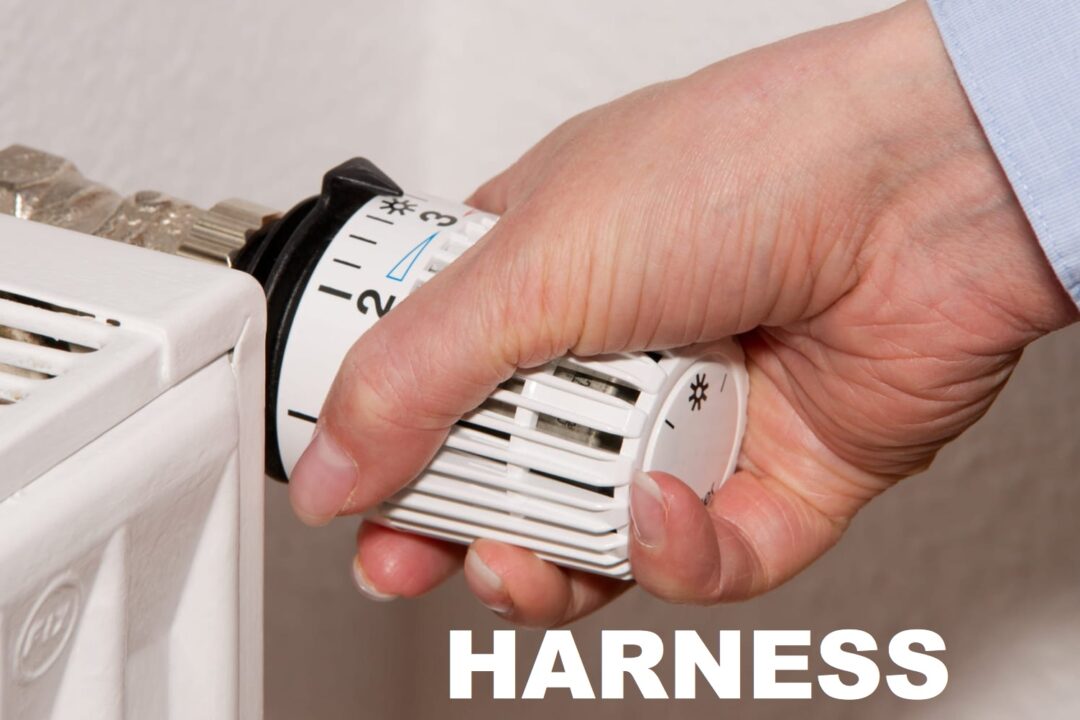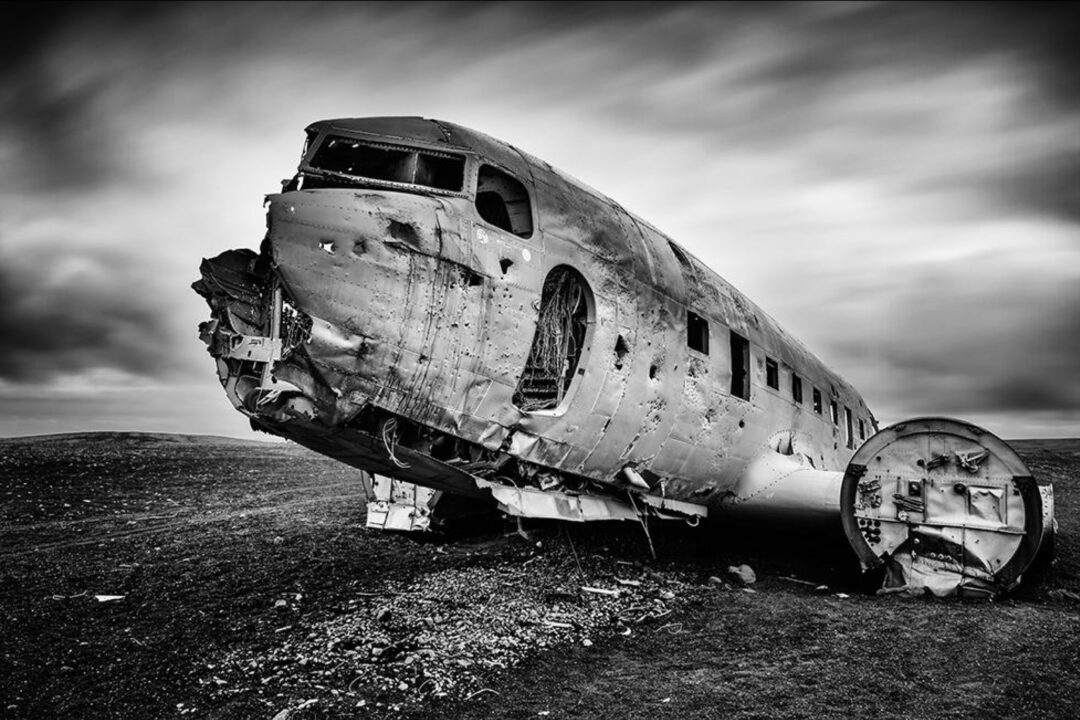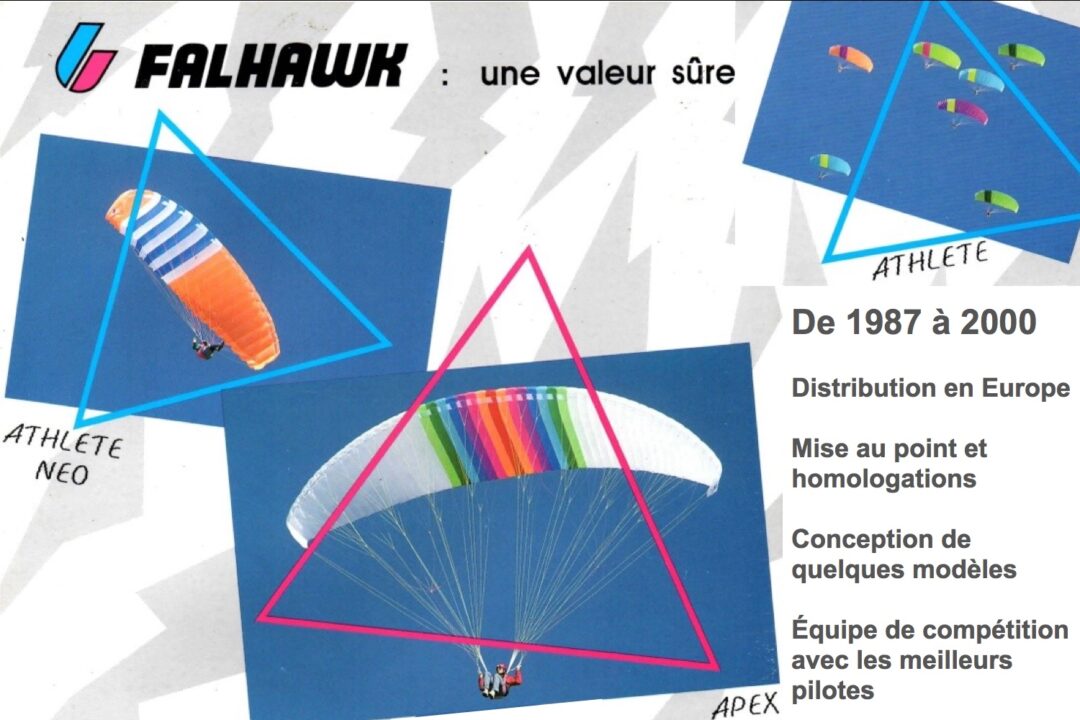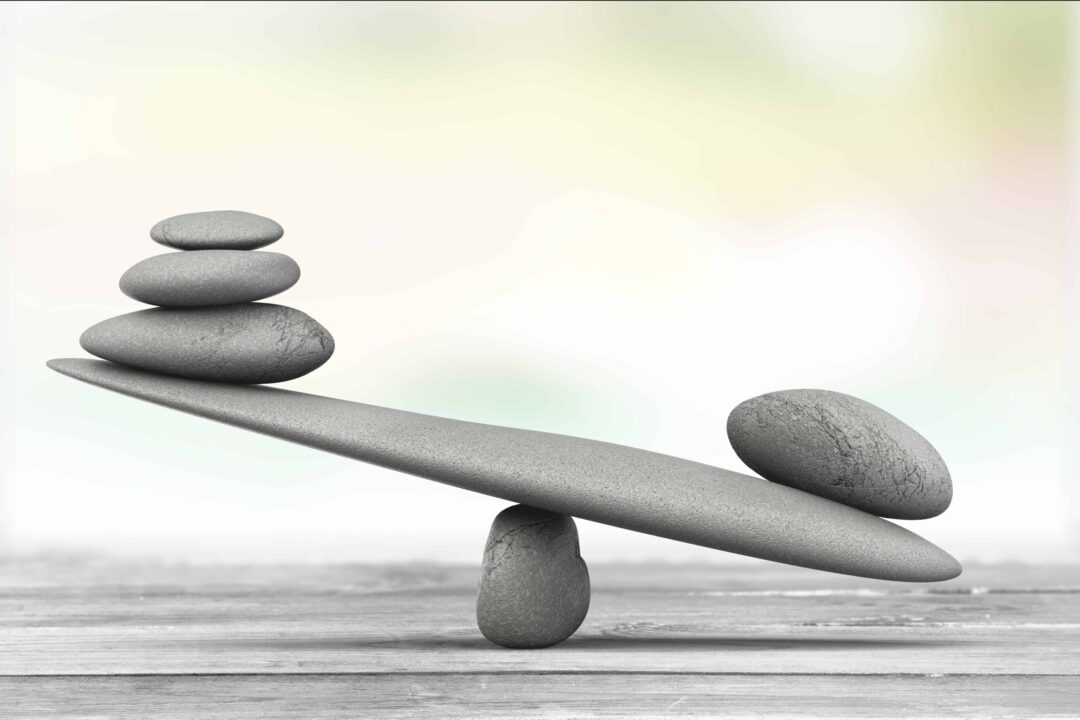We take one measurement in the center of the wing and 4 measurements on each side.
This is the first test done, because if the fabric is too porous, paragliding is no longer fit for flight!!!
We’re testing the uppersurface at least 40 cm from the leading edge.
A paraglider becomes porous when the coating of the fabric is mechanically altered by the folding of the fabric and chemically by moisture and heat. Note that the coating is also there to stiffen the fabric especially in the bias and that a porous veil deforms!!!
Fortunately, it is only when the porosity is really very high that it can affect the behaviour in flight by disturbing the flow of air where the lift is maximum (at 20-30% of the chord). But when that happens, it’s very serious, because it makes
- the paraglider slower
- the stall closer
- a stable parachute phase likely.
Just the unppersurface?
We do not measure the porosity of the lowersurface. High porosity would not disturb the flight characteristics. The overpressure of the underside of the profile would even help to reinforce the pressure inside the wing!
It seems to me that a manufacturer had tested a paraglider with porous lowersurface in the early years of our sport.
The total absence of the intrados is even possible since we fly with mono-surface paragliders!
Eric Laforge




